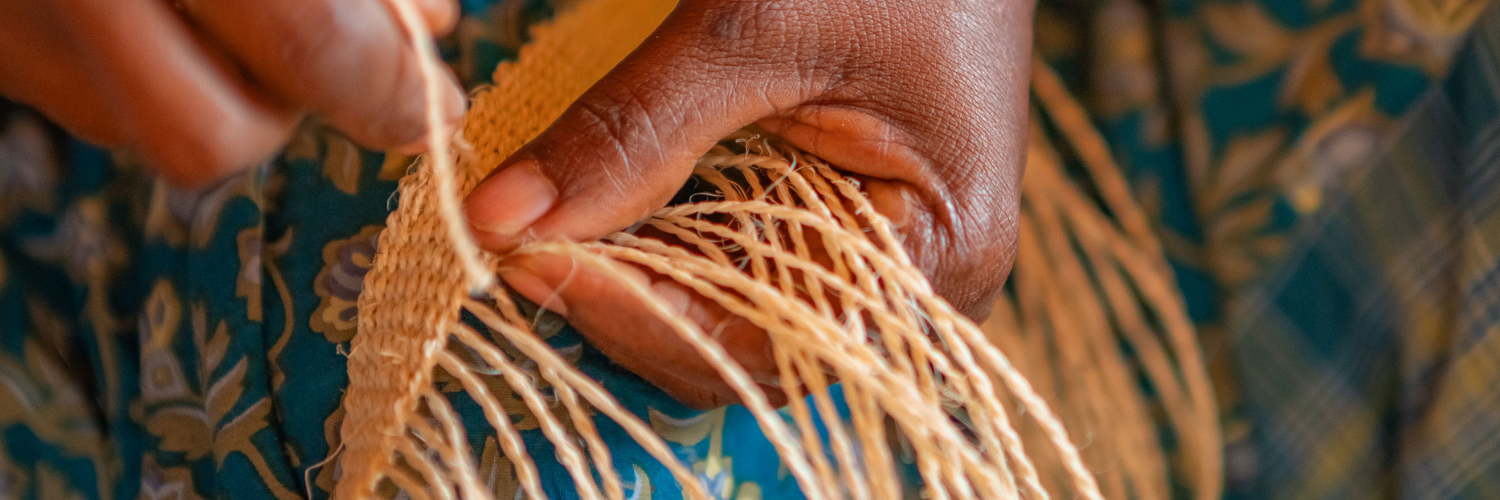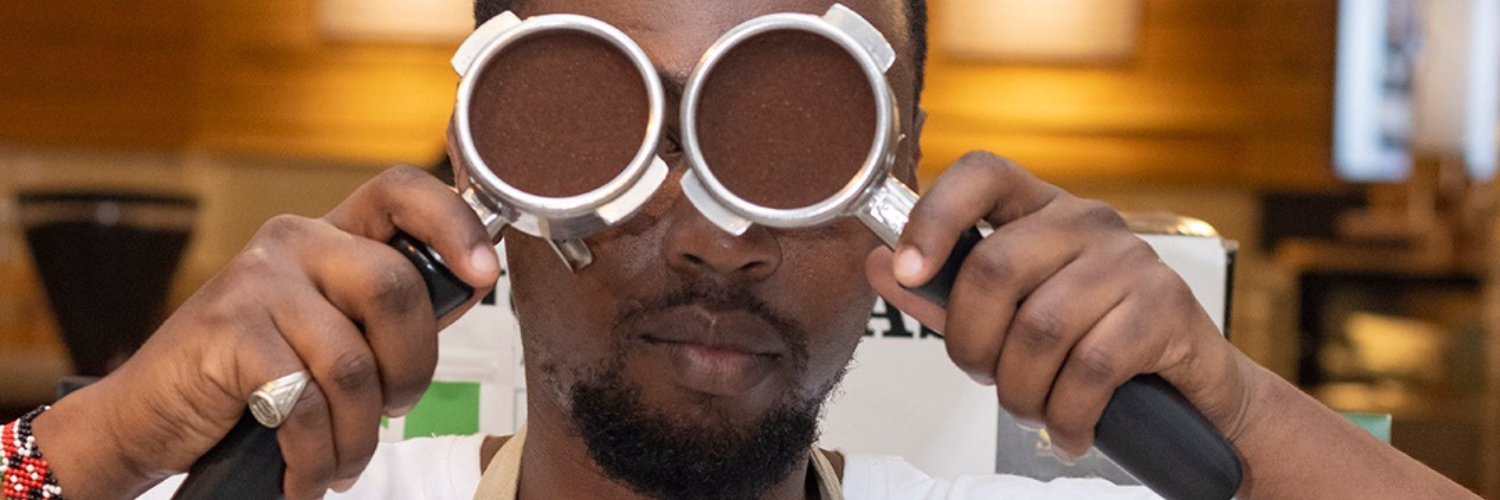It is a deeply ingrained tradition within the Kamba, Giriama, and Kikuyu communities of Kenya, each imbued with its own unique cultural significance. This ancient craft is not merely a method of creating everyday items but a vibrant expression of cultural identity and heritage that has been preserved and celebrated across generations. Read all about it in this journal.
 A group of women gathered in a makuti house.
A group of women gathered in a makuti house.
Kamba Community
For the Kamba people of Eastern Kenya, sisal weaving is more than a craft; it is a profound cultural practice. Historically, the Kamba have used sisal fibers to produce a variety of functional and ceremonial items, including mats, baskets, and ropes. These woven items are integral to both everyday life and ceremonial practices.
In daily life, Kamba woven mats are used for practical purposes such as providing seating during community gatherings. During ceremonial events, such as initiation rites and traditional weddings, these woven artifacts play a crucial role. They are often adorned with amazing patterns that symbolize various cultural beliefs, ancestral connections, and social status. The process of weaving itself is a communal activity, involving families and neighbors working together, thereby reinforcing social bonds and passing down traditional techniques and stories.
Sisal woven baskets.
Giriama Community
In the Giriama community, which is part of the larger Mijikenda group from Kenya’s coastal region, sisal weaving holds significant cultural and economic importance.
These woven pieces are essential in both daily life and cultural ceremonies. For instance, Giriama baskets are used for storing food, carrying goods, and even in rituals. Each basket often features traditional patterns and motifs that have been meticulously preserved through generations. These designs reflect the Giriama’s cultural identity, spiritual beliefs, and connection to their ancestors. The craft of sisal weaving is also passed down through families, ensuring that traditional techniques and cultural symbols are maintained.
Agave Sisalana plant from which sisal is obtained.
Kikuyu Community
The Kikuyu people of Central Kenya also have a rich tradition of sisal weaving, which is deeply intertwined with their cultural practices.
For the Kikuyu, sisal weaving is both a practical and symbolic craft. Mats woven from sisal fibers are commonly used in households, while baskets often play a role in agricultural and ceremonial activities. These designs can symbolize elements of Kikuyu mythology, social status, and rites of passage. Additionally, the craft serves as a means of economic support for artisans and their families, allowing them to sustain their traditional practices while integrating them into the modern economy.
Sisal strands.
Conclusion
Sisal weaving among the Kamba, Giriama, and Kikuyu communities is more than a craft; it is a living expression of cultural heritage and identity. Each community’s unique approach to weaving reflects their historical practices, spiritual beliefs, and social values. Through this ancient art form, these communities preserve and celebrate their rich cultural traditions while contributing to their economic well-being.








